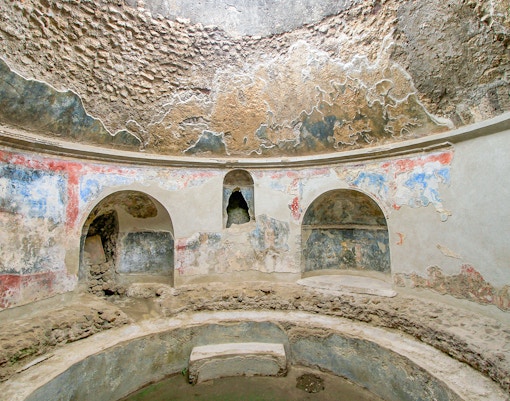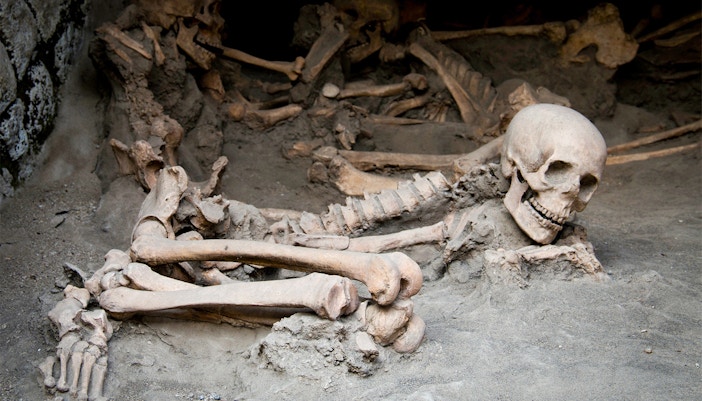Pompeii, the ancient city frozen in time by Mount Vesuvius
Once Pompeii thrived as a lively Roman city in southern Italy’s Campania region, near the sparkling Bay of Naples. Its streets buzzed with activity from over 40 bakeries, 130 bars, and bustling public baths, while its residents enjoyed great views of the towering Mount Vesuvius.
Then, in 79 AD, the volcano erupted with a thunderous roar, and the city was buried under volcanic debris. Today, as you explore Pompeii’s ancient streets, you step into a beautifully preserved snapshot of a city suddenly silenced by nature’s fury.
How to enter Pompeii?
To enter Pompeii, visitors can choose from three main entrances: Porta Marina Superiore, Piazza Esedra (Porta Marina Inferiore), and Porta Anfiteatro. The most popular and frequently used is Porta Marina Superiore, which is located close to the Pompeii Scavi train station and offers convenient access for most visitors. You can club your visit to Pompeii with other attractions like Vesuvius and Herculaneum, but you will need separate tickets for all.














